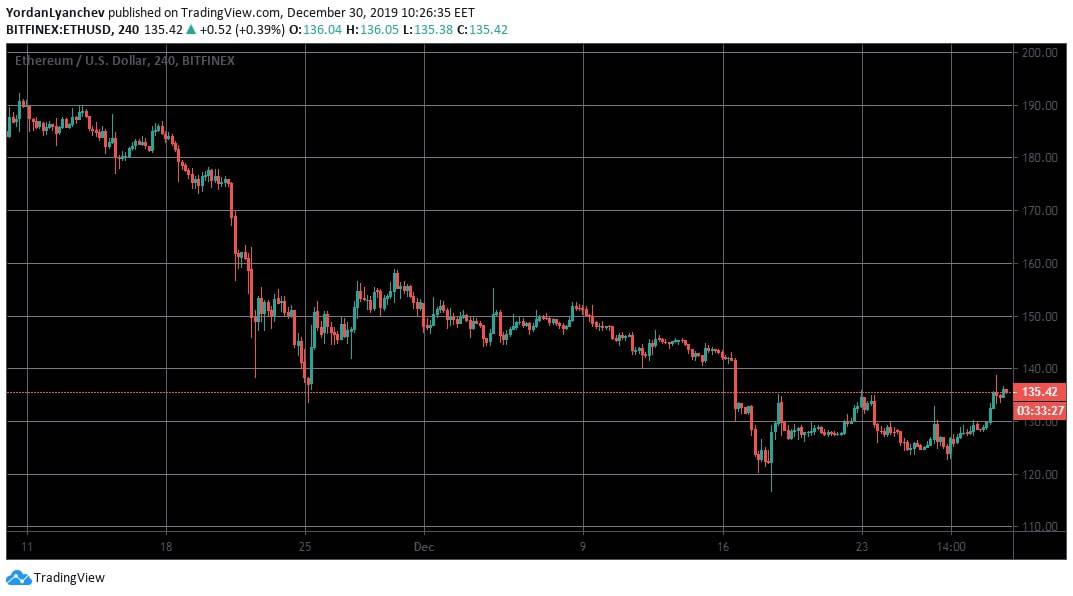The beginning of the new year will deliver a new hard fork for Ethereum, called Muir Glacier. Just a few weeks after the last one (Istanbul), the new fork should address the issues left from it and is supposed to happen on Wednesday, January 1st, 2020.
Muir Glacier To Start 2020
According to the official announcement from the company, Ethereum’s newest upgrade is called Muir Glacier and will take place at block number 9,200,000, which should be on January 1st, 2020. However, the date might change due to variable block times and timezones.
Muir Glacier comes just weeks after the previous hard fork – Istanbul. It brought several new features and upgrades regarding gas costs, additional resilience against Denial-of-Service attacks (DDoS), and interoperability with equihash PoW-based cryptocurrencies.
Yet, it appeared that Ethereum developers made an unexpected mistake and didn’t consider one crucial feature – “Ice Age” or “Difficulty Bomb.” It increases the mining difficulty on the network at every 100,000 blocks. Because miners have a tough time adapting, this leads to slower block time, and the entire network freezes over time.
Muir Glacier’s mission is to push further back the Difficulty Bomb by four million blocks (or 1.7 years) so that Ethereum developers could have enough time to address the issue as a whole. The Ice Age is already occurring earlier than expected, as the average block times have increased by close to two seconds within the past month, so the Muir Glacier is Ethereum’s emergency hard fork response.
Muir Glacier for Users And ETH Price
The statement also reads that most users wouldn’t have to do anything specific to implement the hard fork’s new features:
“If you use an exchange, a web wallet service, a mobile wallet service, or a hardware wallet, you do not need to do anything unless you are informed to take additional steps by your exchange or wallet service.”
On the other hand, it also shows the latest versions of several Ethereum features that node operators and miners need to download.
As far as the price goes, the second-largest cryptocurrency has noted a 24-hour increase, but it has been generally on the downtrend for the last several weeks. Back in November, before Istanbul took place, ETH was trading at around $180-190. After the Ice Age issue was located, the price plunged to under $120 and has currently spiked back up to $135.

 cryptopotato.com
cryptopotato.com